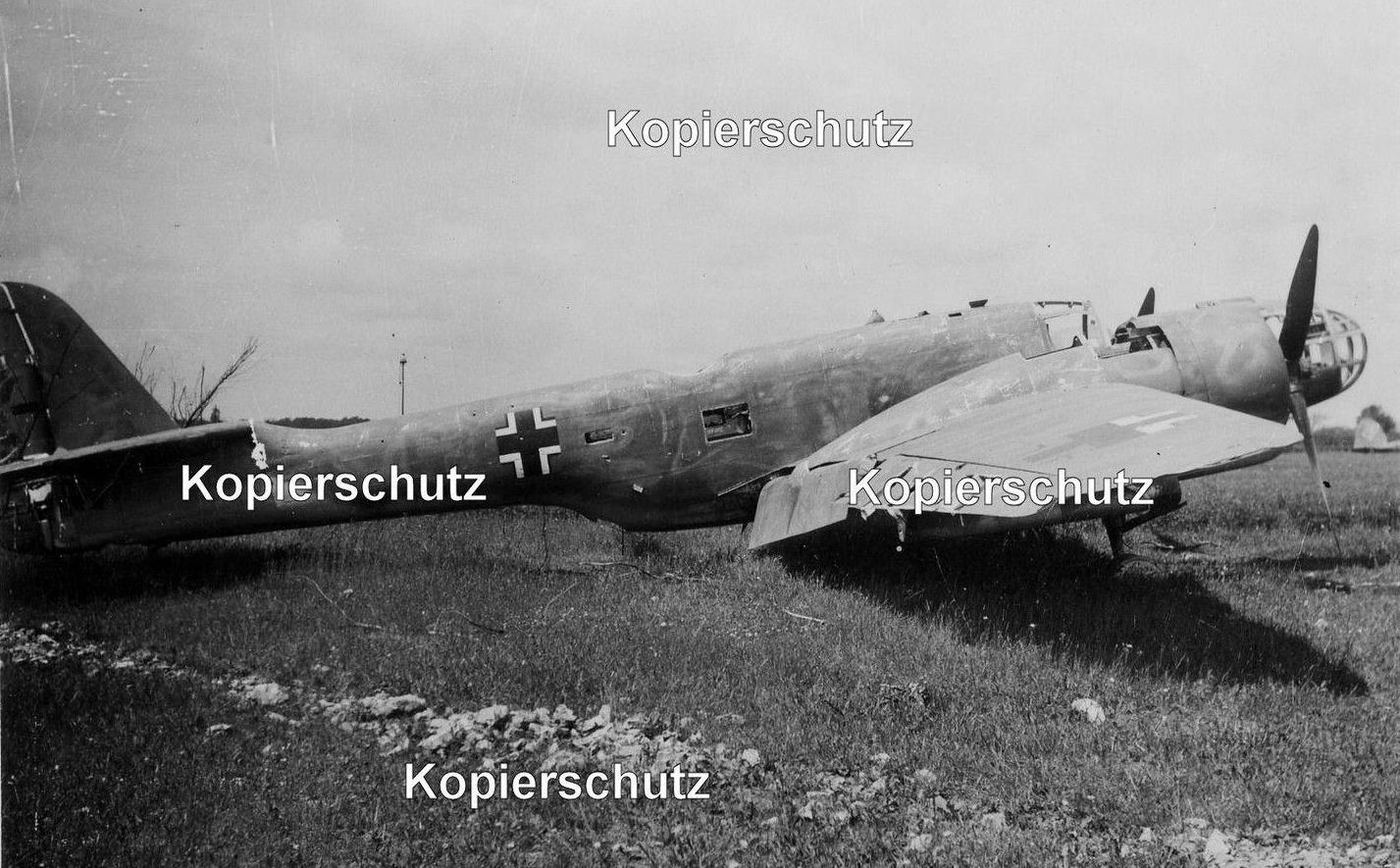| Type |
Crew (pilot, navigator/bomb aimer/gunner, and radio operator/gunner) |
| Engine |
2 X Pratt & Whitney R-1830-S1C3-G "Twin Wasp" with 3-bladed Hamilton Standard 3T50 constant-speed metal propellers, dia. 3,3 m |
| Dimensions |
Length 14,2 m , height 5,0 m , span 18,7 m, wing area 49,9 m2 , |
| Weights |
Empty 4802 kg, loaded 6939 kg , max. take off weight 7624 kg, fuel 2336 l |
| Performance |
Max.. speed 489 km/h at 4000 m , cruising speed 399 km/h , range 2100 km, endurance , service ceiling 8991 m , climb 12 m/sec. |
| Armament |
4 7.7 mm Browning Mk II machine guns in outer wings with 750 rpg, 1 7.7 mm Vickers K machine gun in a dorsal step position with 5 x 97-round magazines, 1 7.7 mm Vickers K machine gun in a ventral step position with 5 x 97-round magazines
Bombs: 907 kg internally; (usually 4 x 227 kg bombs) |
| Type |
Werk.Nr |
Registration |
History |
|
|
|
|
In response to a December 1937 United States Army Air Corps requirement for an attack aircraft capable of carrying a bombload of 540 kg over a range of 1,900 km at a speed of 320 km/h, the Glenn L. Martin Company produced its Model 167, which was given the official designation XA-22, competing with designs from Bell Aircraft (the Model 9), Douglas (the Douglas DB-7), North American (the NA-40) and Stearman (the Stearman XA-21).Martin's design was a twin-engine all-metal monoplane, capable of around 500 km/h with a crew of three. The XA-22 was not adopted for operational service in the U.S., because the contract was won by the Douglas DB-7, which became the A-20 Havoc, but Martin received foreign orders, and about 450 of the fast, twin-engined bombers were built.
The prototype Model 167W was powered by twin-row Pratt & Whitney R-1830-37 Twin Wasp engines, which were replaced in French production aircraft by single-row nine-cylinder Wright R-1820 Cyclone engines, although the Twin Wasps were then restored for the British Maryland. All versions of the Model 167 were armed with six machine guns, four fixed guns in the wings (mainly for ground-attack), one dorsal gun and one ventral gun. In the prototype, these guns were all 0.30 in Browning machine guns. The dorsal gun was mounted in a fully retractable turret. The French aircraft used license-built Belgian Fabrique Nationale FN-Brownings, and used a lighter semi-retractable dorsal turret. The weight saved helped to increase the top speed to 463 km/h.
The Model 167 was a fairly typical twin-engined bomber of the period. The most unusual feature of the Model 167 was the very narrow fuselage, although it was shared with a number of late prewar contemporaries. The crew of three was carried in two isolated compartments: the bombardier sat in the nose below the pilot and the gunner was in the mid-upper twin-machine gun turret in a separate rear compartment, isolated by a bulkhead.
Glenn L. Martin doubled the size of the Baltimore factory, and built all 115 aircraft in six months, but they were prevented from delivering them by a US government arms embargo. Despite that, the French placed an order for an additional 100 aircraft. The embargo was lifted in October 1939, and the 115 aircraft from the first order were delivered by late November 1939. Deliveries then slowed, and only 25 of the second batch reached France before the French surrender to the Germans.

